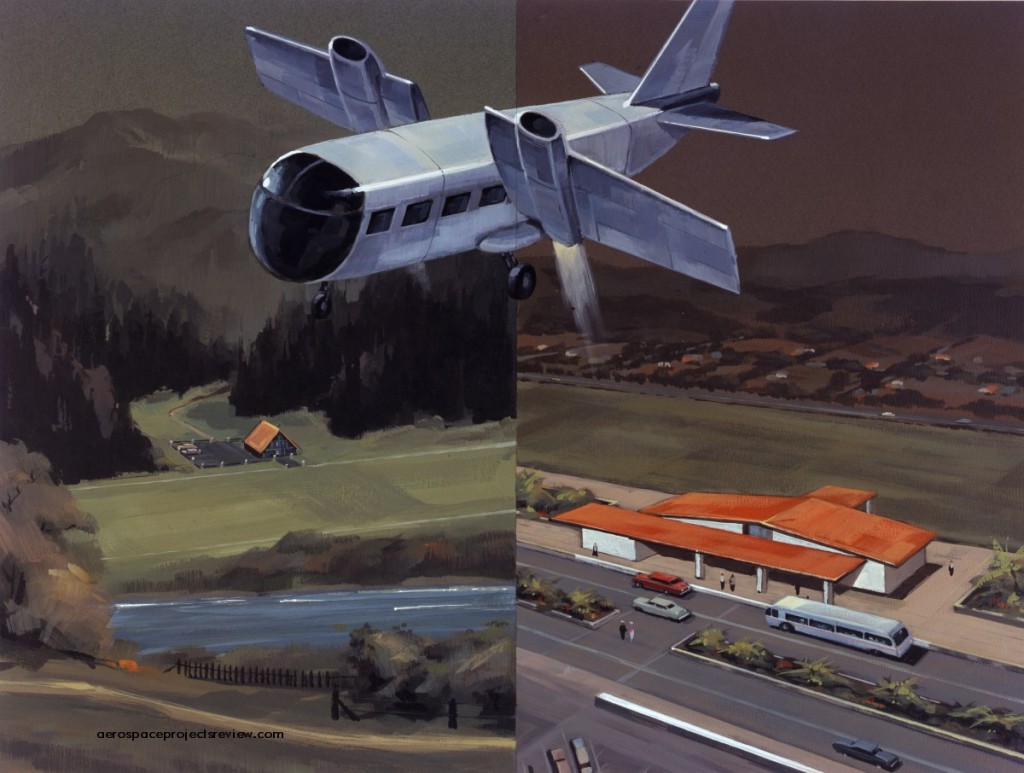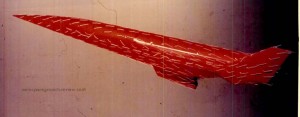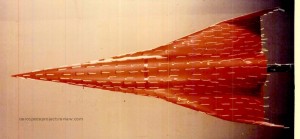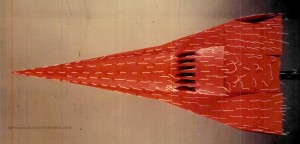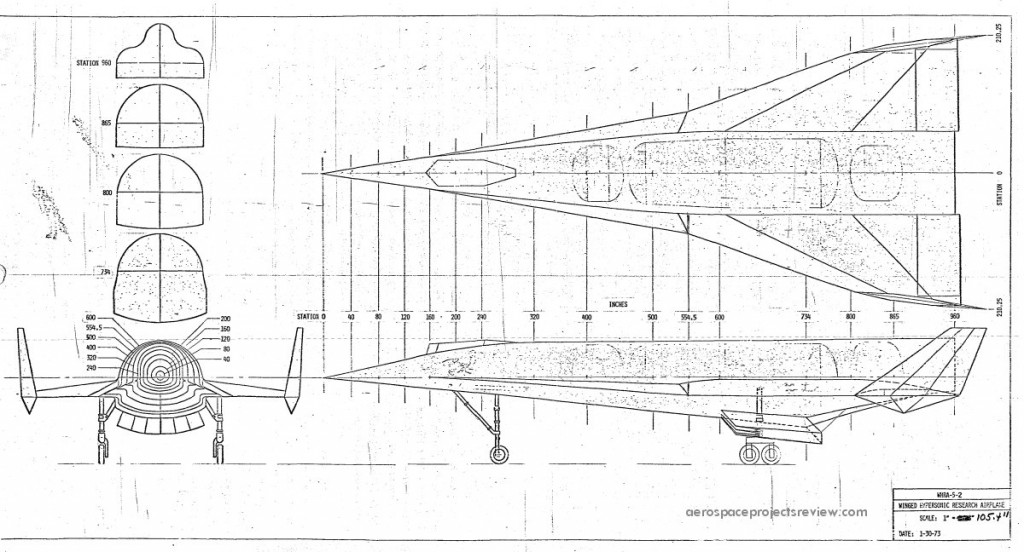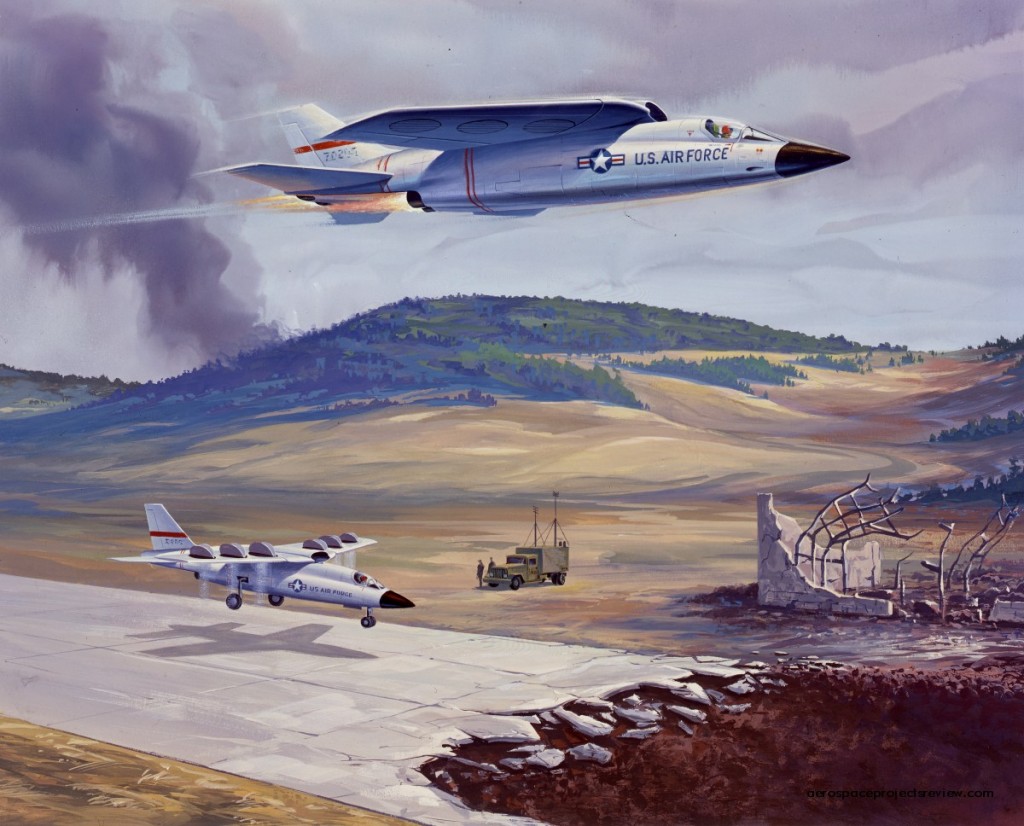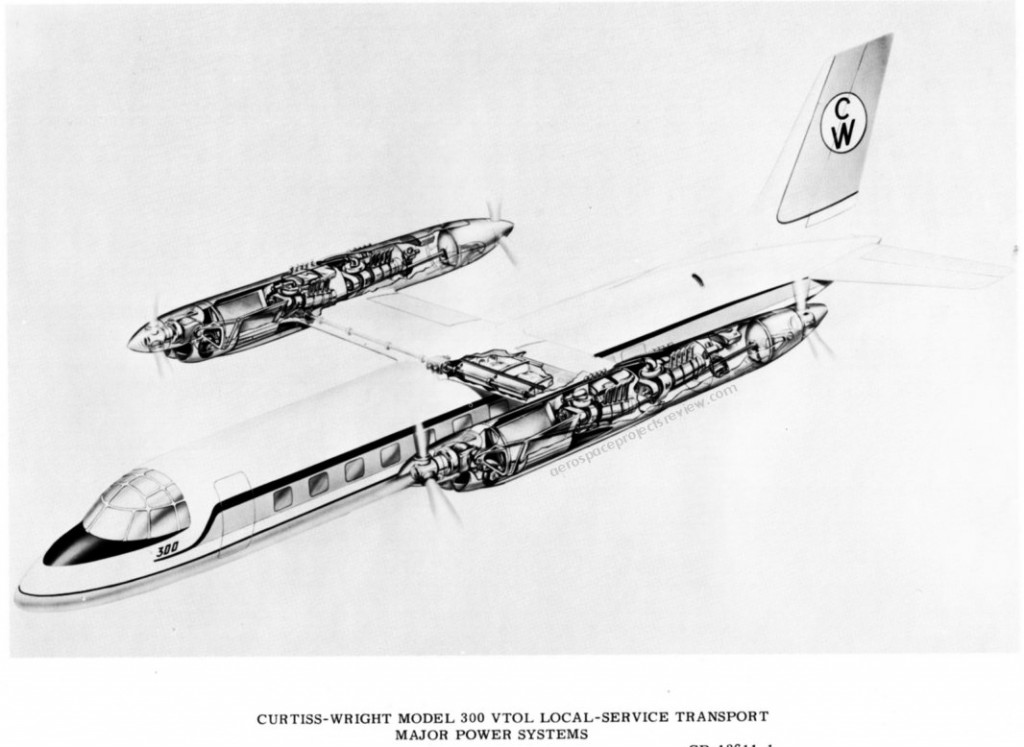From the Deutsches Museum, a 1933 illustration by Rudolf Nebel illustrating trajectories, distances and flight times for “Rocket Torpedoes.” Presumably this is for civilian rocket transport rather than military payloads, given destinations such as Rome, Zurich and Wein. But within a few short years, this sort of chart would take on a whole new meaning.
Add “mollusc” to the list of animal phyla that can fly.
Japanese researchers confirm squid can fly as fast as Usain Bolt
———-
Scientists Confirm That Neon Flying Squid Can Fly, Announce Speed
Basically, they are jet propelled; this is not really news as their underwater propulsion is basically jet propulsion, but Ommastrephes bartramii uses that to burst out of the water and fly about thirty meters in about 3 seconds. More interestingly, rather than being simple bullets in the air, they use the large fins on their mantle as canards, and spread out their arms – with membrane webbing – to form wings. They seem to have the ability to not simply glide, but to be able to control their glide. Their airspeed was clocked at 11.2 meters per second (25 miles per hour).
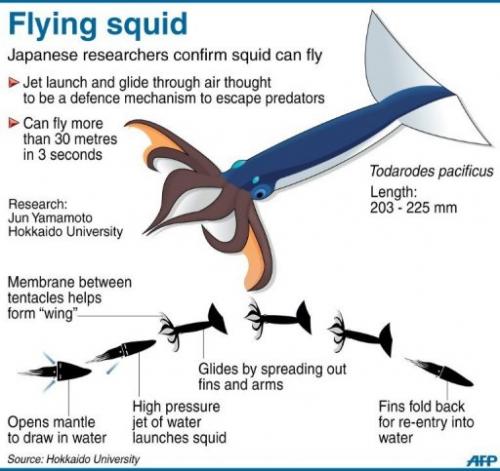
A piece of North American Aviation promotional artwork depicting a VTOL transport aircraft. It’s not clear if this design was a “real” design, or just artistic license. In either event, it depicts a jet-equipped tilt-wing design with four engines, with the wing pivot point disturbing close to the passenger cabin. It would be an incredibly loud vehicle for the passengers.
It depicts a type of aircraft that the mid 1960’s thought would soon be popular… a VTOL “bus” for relatively short range flights. It is shown here seemingly operating between a transit hub just outside of the suburbs and a very small vertiport in the mountains, presumably near a resort.
Long before the “Aurora” was flying across the pages of sensationalist magazines at Mach 6+, NASA was studying a range of hypersonic research aircraft. While the designs different, sometimes wildly, there were occasional configurations remarkably like the hypothetical “Aurora.” Some would argue that that means that the “Aurora” was derived from this earlier NASA work, but a more reasonable supposition is that those who envisioned “Aurora” were drawing upon public representations of the earlier NASA work in order to dream up what Aurora must look like.
One such design that is very representative of the iconic “Aurora” image is this Hypersonic Research Airplane configuration from 1973, shown here as a drawing and as a NASA-Langley subsonic wind tunnel test model. The aircraft was powered by liquid rocket engines in the tail and an underslung scramjet pod. It had a cockpit that would raise up at low speed so the pilot could see to land, but was otherwise a very clean configuration.
A piece of artwork from North American illustrating a vertical takeoff and landing aircraft. This was clearly intended for high speed… not only does it have four turbojet engines for forward thrust, if also have variable sweep wings. The complexity here is that the wings have embedded lift fans, probably driven be high pressure exhaust gas from two or more of the main turbojets. The ductwork would be impressive.
Role is unclear, but it appears to be a fighter or strike-fighter. Indications of weapons bays on the fuselage underside; at least one forward-firing gun. No other data available.
To boldy go: Woman bids to be first porn star in space
ADULT actress Coco Brown is training to be the first porn star in space. … has paid £64,000 to be part of a private Dutch mission due to blast off in spring 2014.
American Coco has already undergone anti-gravity training and can’t wait to journey 62 miles above the surface of the earth on the SXC rocket.
First off, the reporter for The Sun is clearly kinda stoopid regarding “anti-gravity.” Second… Dutch? SXC? Perhaps I’ve fallen out of the loop, I hadn’t heard of ’em. But it turns out that “SXC” stands for “Space Xperience Curacao,” and they’re going to use the XCOR Lynx spaceplane.
Fresh off their “Space Monkey” bait-and-switch, the Iranians are publicizing a supposed stealth fighter they’ve built. Video here:
Iran president unveils Qaher-313 indigenous fighter jet
The thing looks like a rather sloppily assembled plywood mockup. The comments in that article are spectacular.
I can think of worse places to put the inlet, but not many. Along the trailing edges, perhaps. Inside the cockpit.
More photos here:
Iran unveiled new indigenous fighter jet
And a whole scad of photos collected here (you might need to sign up to see ’em, not sure):
http://www.secretprojects.co.uk/forum/index.php/topic,18332.0.html
Video:
[youtube ok2aMgfBdCs]
I think the most telling photo is this one:
When the pilot doesn’t even fit in the cockpit, you something’s up. Bonus: the canopy. Either they don’t want the pilots to look out and realize just how bad Iranian theocracy is, or they don’t want photographers to look in and see how embarrassed the pilots are.

